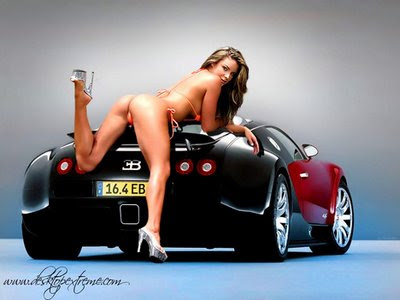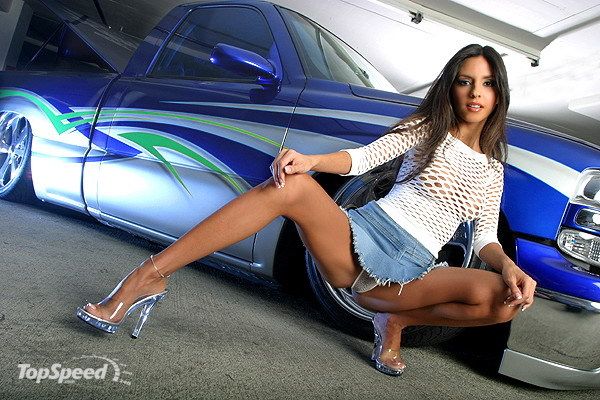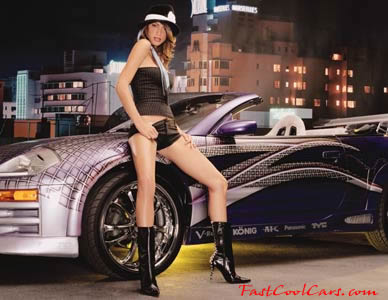Hyundai have revealed extra information regarding engines and specifications for the all-new 2011 Equus. The Equus will be offered in just two trim-levels, Equus Signature and Equus Ultimate.
The Equus Signature features a 4.6 litre 385bhpTau® V8 petrol engine w/ 6 speed automatic, 608w Lexicon® sound system w/17 speakers, electronically controlled air suspension with continuous damping control, Vehicle Stability Management with pre-collision warning, Smart Cruise Control, bi-xenon headlamps w/ LED day-time running ligths, front and rear parking sensors w/rear-view camera, premium leather seating, Alcantara suede headliner, heated and cooled front seats w/ drivers massage function, heated wood and leather steering wheel, and other lavish luxuries.
The Equus Ultimate adds a grille-mounted front camera, power bootlid, electrically reclining rear seats with powered headrests, cooled rear seats, rear seat massage and leg support function, rear seat refrigerator and rear seat entertainment system.
"When you're spending this much for a new car, you don't want to feel like you've been short-changed on engineering, technology or features," said John Krafcik, Hyundai Motor America president and CEO. "Equus Signature has the technology and content of fully-optioned flagship models from Lexus and BMW, while Equus Ultimate delivers a specification approached only by our competitors' low-volume, special-order models."
Hyundai's novel perspective on intelligent luxury, features "Your Time, Your Place," the industry's first at-home vehicle demonstration program, the Valet Service program, which provides at-home pickup for Equus service and maintenance and the industry's first iPad-based interactive owner's manual.
A 5.0 litre Tau 429bhp V8 petrol engine will join the range at a later date, mated to an all-new in-house 8 speed automatic. Prices are expected to start around $58,000.
EQUUS SIGNATURE KEY STANDARD FEATURES: 
4.6 litre DOHC Tau V8 engine, 6 speed automatic transmission with SHIFTRONIC® , electro-hydraulic power steering (EHPS), electronically controlled air suspension with continuous damping control (CDC), 19” chrome alloy wheels with P245/45R19 (front) / P275/40R19 (rear) tyres, four-wheel disc brakes with Anti-lock Braking System (ABS) and EBD, electronic stability control (ESC) with TCS and brake assist, vehicle stability management (VSM) system with pre-collision warning, 9 airbags; x2 front airbags, front and rear seat-mounted side-impact airbags, driver knee airbag, and roof-mounted side-curtain airbags, electronic active front head restraints with power controls, electronic seatbelt pretensioners, tyre pressure monitoring system (TPMS), lane departure warning system (LDWS), smart cruise control, adaptive high intensity discharge (HID) headlights with LED turn signal indicators w/auto-levelling, fog lights and automatic headlights, front and rear parking assistance system w/rear-view camera, electric-folding heated auto-dimming mirrors w/ turn signal indicators and approach lamps, twin asymmetrical exhaust tips integrated with rear bumper, proximity key entry w/push-button start, illuminated scuff plates, inside door handles and door armrest, premium leather seating surfaces and Alcantara® suede headliner, 12 way power driver seat plus lumbar adjustment and 10 way power front passenger seat, driver seat massage system, heated and cooled front seats, heated, wood-trimmed and leather-wrapped steering wheel, power tilt-and-telescopic steering wheel, integrated memory system (IMS) for driver-side seat, mirror and steering wheel, leather-wrapped dash and real wood interior trim, electroluminescent cluster (Supervision) with 3.5-inch TFT LCD screen, electronic parking brake with automatic vehicle hold, power windows with auto-down/up, navigation system w/ DIS and multimedia controller, Apple iPad interactive owner's manual, 608w Lexicon 7.1 Discrete surround-sound system with 17 speakers, iPod/USB and MP3 auxiliary input jacks and iPod connection cable, XM® Satellite Radio & NavTraffic® with trial subscription, Bluetooth® hands-free phone system, dual automatic temperature control with air quality system, windshield-wiper de-icer, rain-sensing wipers and auto-defogging windshield with humidity sensor, electrochromic auto-dimming inside rear-view mirror with HomeLink® and compass, acoustic laminated windshield , front and rear side windows, power tilt-and-slide glass sunroof, 60/40 power reclining and heated rear seats, power rear sunshade and rear side-window sunshades, luggage net, premium-grade floor mats, premium-grade trunk cargo mat and first-aid kit (PIO).
EQUUS COMPETITIVE ADVANTAGES: Tau V8 engine, rated one of Ward's "Ten Best Engines" for 2009 and 2010
First-class seating available on Equus Ultimate (competitors' best seating options come only on the long-wheelbase variants)
Standard Smart Cruise Control
Standard Lane Departure Warning System
Standard heated steering wheel
Standard power reclining rear seats
Standard heated rear seats
Standard premium Lexicon 7.1 Discrete surround sound audio system with 17 speakers
Available rear console refrigerator (only available on some competitors' LWB models)
EQUUS ULTIMATE ADDS ULTRA LUXURY FEATURES:
Equus Ultimate adds or replaces: 50/50 split rear seats (four-passenger seating) with reclining function, rear passenger leg support and massage system, cooled rear seats, rear-seat entertainment system w/ 8” monitor, thermoelectric rear center console refrigerator, rear-seat power up/down head restraints w/ manual tilt, rear-seat illuminated vanity mirrors, forward-view cornering camera and a power trunk lid.
The Equus Ultimate replaces the 60:40 rear seat of the Equus Signature with a 50:50 power reclining seating configuration. The seat-back of this 50:50 seat massages and vibrates with heat - the perfect relaxation therapy for extended cruising. It is operated by its own remote control unit.
Equus offers four exterior colours and three interior theme choices. Exterior colours are White Satin Pearl, Black Noir Pearl, Granite Gray and Platinum Metallic. Interior themes are Cashmere with genuine Birch Burl wood, Jet Black with genuine walnut wood and Saddle with genuine walnut wood.
 Choosing your wedding car is just as important as choosing your wedding dress. Whether you want to make a statement or just care about comfort, you will want to pick out the correct wedding car for your wedding day.
Choosing your wedding car is just as important as choosing your wedding dress. Whether you want to make a statement or just care about comfort, you will want to pick out the correct wedding car for your wedding day.





















































